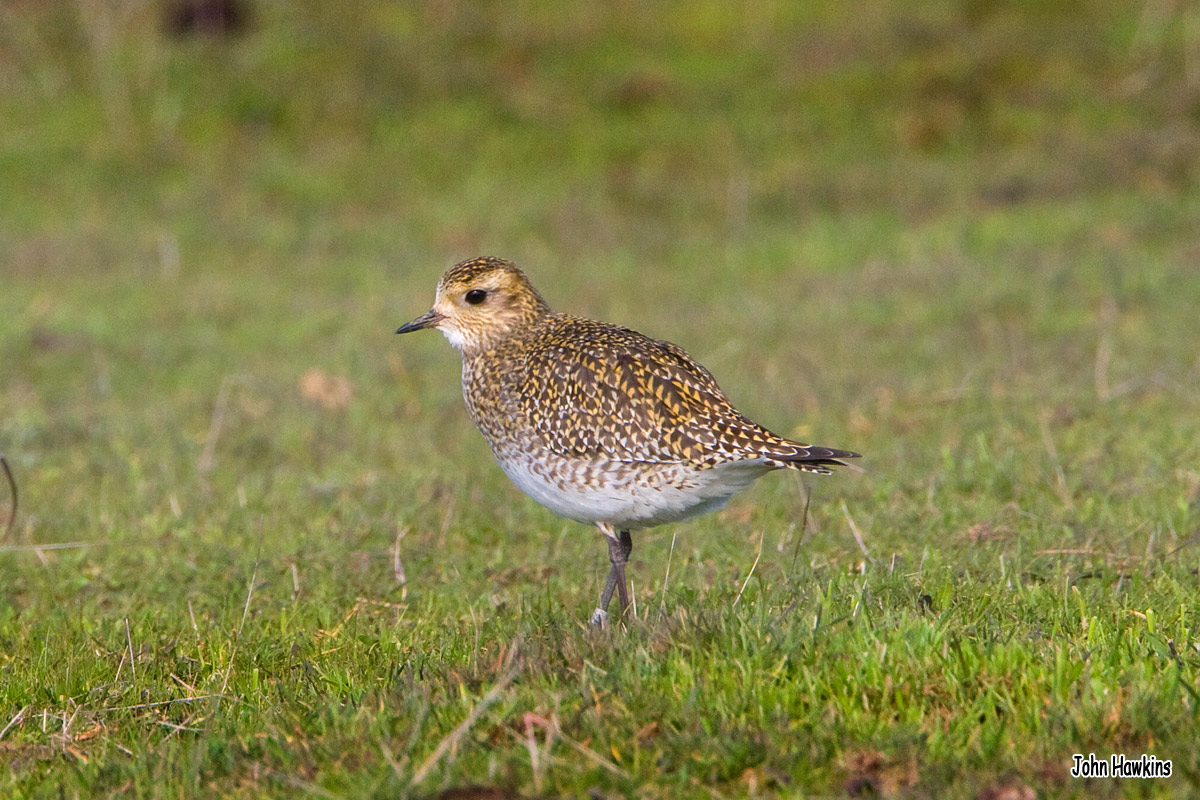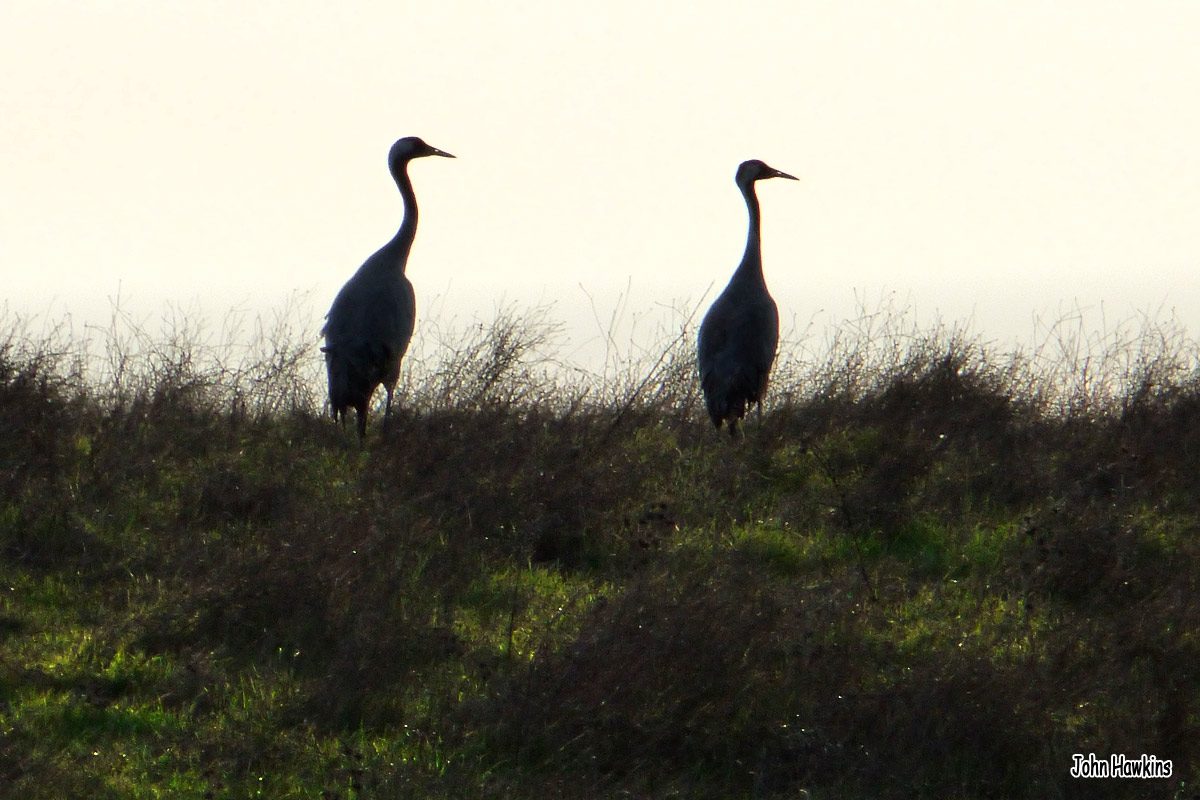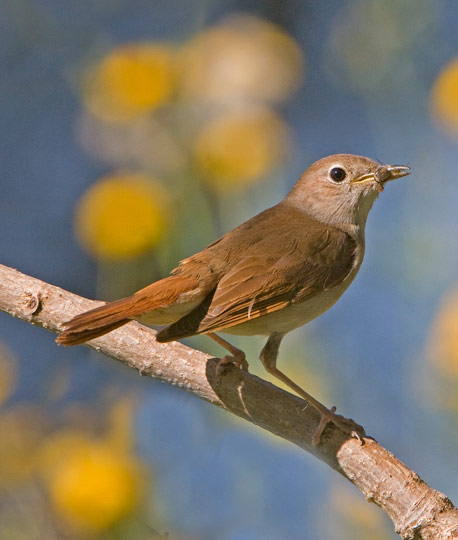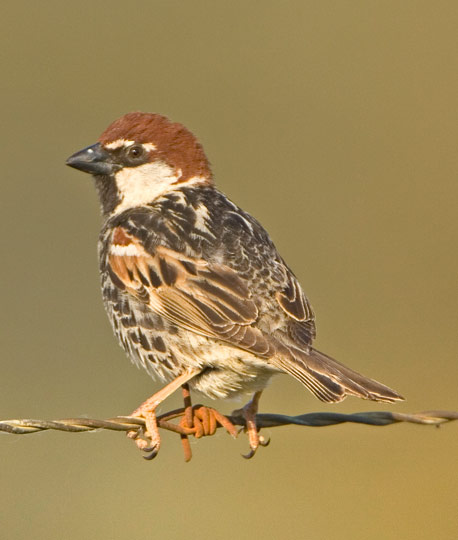Winter photo






EXTREMADURA IN WINTER with Martin Kelsey
(November to mid-February)
Winter in Extremadura offers some of the most spectacular birding experiences in Europe. The region has the highest bird species richness of anywhere in Spain in winter, thanks to the relatively mild weather and abundance of food for birds. This attracts huge numbers of birds from northern and eastern Europe: waterbirds, Common Crane, birds of prey and small birds, like finches, larks and pipits. It is also the best time of the year to see some of the resident species well, like sandgrouse, Stone Curlew and Black-winged Kite. The surprising diversity of landscapes means that in a week’s holiday different habitats can be explored each day, adding to the richness of the experience.
The winter season runs from November until mid-February. We will visit all the important habitats for winter birding: open plains, dehesa, gorges, river valleys and wetlands. One of the highlights of winter are the vast numbers of Common Crane. Extremadura holds Europe’s largest wintering population of this evocative species, with about 140,000 present. They are usually at their peak by the end of November and leave by late February. There are regularly wintering Alpine Accentors and even Wallcreeper can make an appearance. As well as resident and wintering species, from January the first summer migrants are also making an appearance. By indicating which species you are particularly interested in seeing, you can be advised on the best time to visit and the itinerary will be tailor-made to focus on your interests.
We have recorded a total of over 175 species on winter tours and depending on the time of year and your interests, at least 130 species should be expected.
THE TOUR
Day 1
You will be met at the airport (Madrid, Lisbon or Seville). Depending on your arrival time, we will stop on the way to Casa Rural El Recuerdo for some birding, to provide an initial taste on what the region has to offer. This may be at the Arrocampo Reservoir which is en route from Madrid, where emergent vegetation provides habitat for Purple Swamphen, Penduline Tit, Bluethroat, and overwintering Little Bittern.
Day 2-7
The sequence of places visited and the time spent in each will vary according to your particular interests, as well as factors like the weather. Our house is excellently situated to be within easy reach of all the different habitats and best sites, without having to do a huge amount of driving. This tour provides plenty of time to both find and enjoy the birds, as well as to get an insight into this fascinating part of Spain.
We will visit the plains near Trujillo and Cáceres to look for Great Bustards as well as Little Bustards. This is the habitat too for Pin-tailed and Black-bellied Sandgrouse. We should also see large numbers of larks (Calandra, Skylark, Crested and Thekla) as well as species like Iberian Grey Shrikes. The flocks of passerine attract birds of prey like Merlin and Hen Harrier. Wintering Red Kite will be present in large numbers and this habitat is also an excellent foraging area for other raptors such as eagles and vultures.
We will stop in good dehesa areas and also spend time exploring the rocky valleys and ravines of the rivers that cross the dehesa. This is where we will look for Hawfinch, as well as Bonelli's Eagle and Crag Martins.
We will make sure that we devote plenty of time for birding in the irrigated agriculture land, watching vast numbers of cranes and other birds on the rice and maize stubble fields. There will be flocks of thousands of Spanish Sparrow and we may stay out until dusk to watch a large roost of harriers. This is a good area for that sought-after species the Black-winged Kite. Large winter roosts of Stone Curlew will also be found during the day. Nearby are reservoirs supporting huge populations of wintering duck, which will be well worth visiting, not just for the spectacle itself, but also to look for rarer species too, such as overwintering Black Stork.
At least one whole day will be spent in the amazing Monfragüe Natural Park, home to large populations of Black Vulture and Griffon Vulture. Resident Spanish Imperial, Bonelli's and Golden Eagles will hopefully be seen, with a good range of smaller species too such as Hawfinch, Firecrest, Rock Sparrow and Iberian Magpie. Eagle Owls will be calling at dusk and the area is particularly good for Otter.
We will also include a visit to a wintering area for Alpine Accentor as well as sites for Black Wheatear.
Day 8
Return to the airport, with a stop on route (time permitting) to savour for one last moment the joy of birding in Extremadura.
Price
Price per person for an 8 day/7 nights private tour including full board and guiding is 1800 Euros (based on at least two people). There will be a surcharge on transfers from Lisbon.
To enquire about availability or any further details (including prices for one person or for variation in the length of tour), or for booking half-day or single day excursions contact Martin directly at casaruralelrecuerdo@gmail.com
We are legally registered in Spain and compliant with tax and insurance regulations. The customer has 100% protection under Linked Travel Arrangements through RuralPlan.
Accommodation
You will stay at our house, which has six guest rooms with either double or twin beds. All rooms have en suite bathrooms. Lunches will be picnics.
Transport
Transport is by Citroen Berlingo. Walks are short and easy. We will enjoy spending time at vantage points for passing birds of prey.
What to bring
The weather in winter will be variable, with sunny days, but always the chance of rainy periods. The evenings and early mornings can be cold.
Other interests
Please let us know whether you would like to include into the itinerary visits to historic monuments such as Roman sites in Mérida and near Cáceres, the monastery of Guadalupe.
Bird in Extremadura

Fotografo
Nombre del ave
Fotografo

Fotografo
Nombre del ave
Fotografo

Fotografo
Nombre del ave
Fotografo

Fotografo
Nombre del ave
Fotografo


